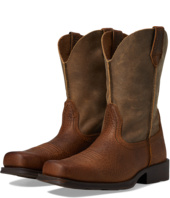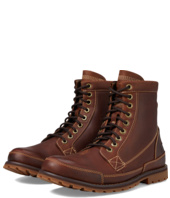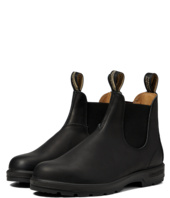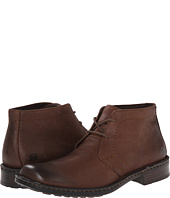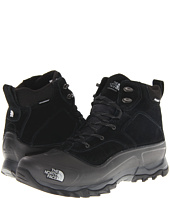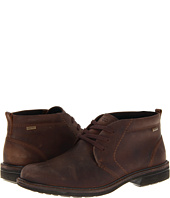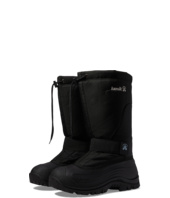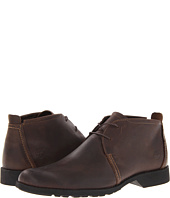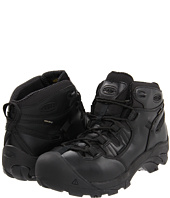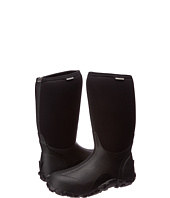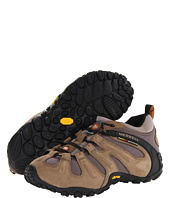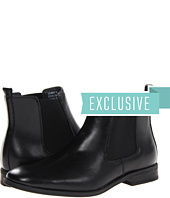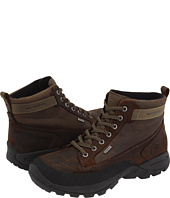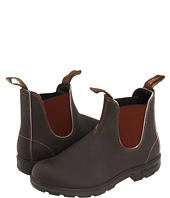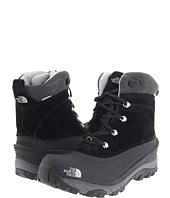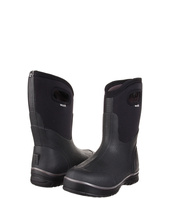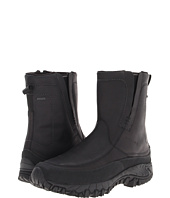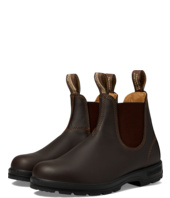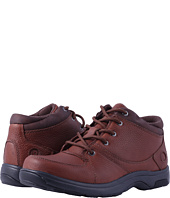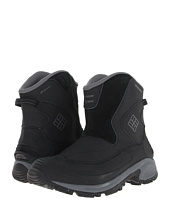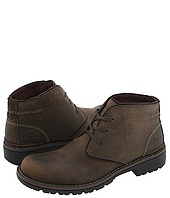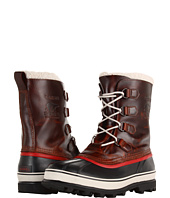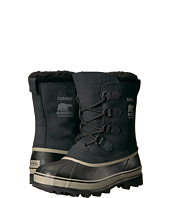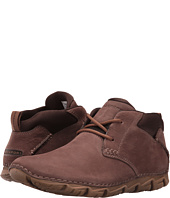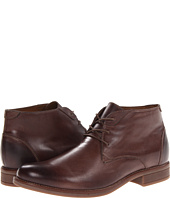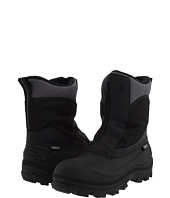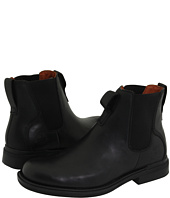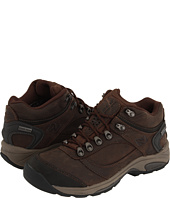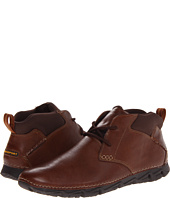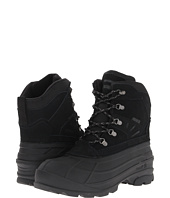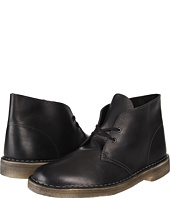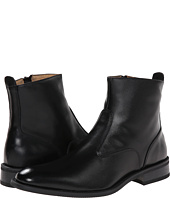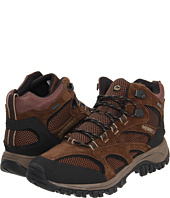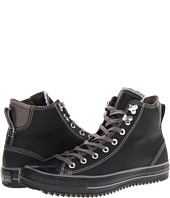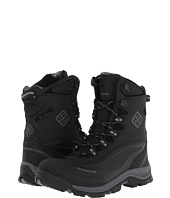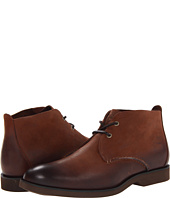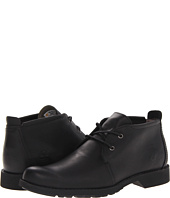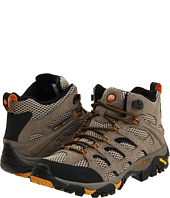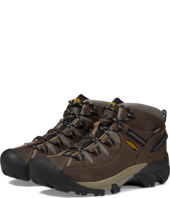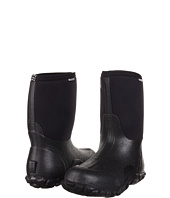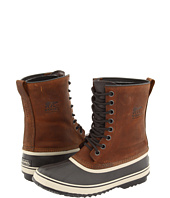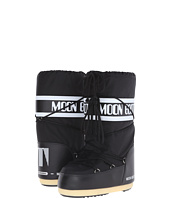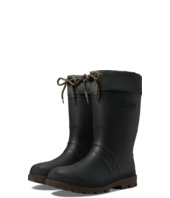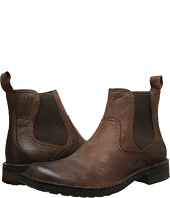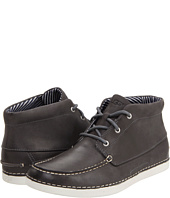Curbing Iran's nuclear programme
Modest, but still historic

CARPING is easy. The interim deal between Iran and six world powers hammered out in the small hours of November 24th to curb the former’s nuclear programme is a long way from perfect, but it meets two key tests. The first is that it will extend Iran’s so-called “critical capability”—the time needed for it to produce one or several nuclear devices following a decision to weaponise—by many months compared with the trajectory it was on before the agreement. Secondly, it forms the basis for a more permanent solution to the decades-long problem of Iran’s nuclear activities to be reached over the next six months. Moreover it has done so without giving too much away, either in the form of premature relaxation of the sanctions regime that has brought Iran to the negotiating table or by conceding its claim to an “inalienable right” to enrich uranium.
Under the terms of the deal, Iran has agreed to halt all enrichment above 5%, the level consistent with producing fuel for civil purposes, and to neutralise its entire stockpile of 20%-enriched uranium, which is just a few short steps from potential conversion to weapons-grade uranium. To that end its 20% stockpile will either be diluted back down to 5% or converted into fuel rods from which re-conversion is impossible. Presumably, this will be done under supervision by inspectors of the International Atomic Energy Agency (IAEA), the UN’s nuclear watchdog.
The second part of the agreement essentially freezes Iran’s fast-growing uranium-enrichment capability at its current levels, just before it was about to take a substantial leap forward. It will not install additional centrifuges of any type, nor install or use any of its more advanced next-generation centrifuges, which can enrich up to five times faster than the existing type. It will also leave inoperable roughly half of the installed centrifuges at Natanz, its main enrichment facility, and three-quarters of the installed centrifuges at Fordow, a smaller site buried deep under a mountain. That means Iran can only use about half of the 18,000 centrifuges it currently possesses. Furthermore, Iran will alter the configuration of some its centrifuges that enable them to spin up to higher levels of enrichment. By the end of the six-month period, Iran has agreed that its stockpile (currently about 9,000kg) of low-enriched 3.5% uranium will be no higher than it is now. Any newly enriched uranium will be converted to oxide.
Much of this had already been agreed at an earlier meeting two weeks ago. But this deal goes quite a bit further in restraining Iran’s possible plutonium route to a bomb—the heavy-water reactor that is under construction at Arak. Under the previous agreement, Iran merely committed not to begin fuelling the reactor up. It was the inadequacy of this that led to the French démarche that scuppered the last bid for a deal. The French (rightly) believe that all work on Arak should cease because once it is commissioned it cannot be attacked militarily due to the spread of radiation that would result. The new agreement goes significantly further than the previous one, although not quite as far as the French would like: production of fuel for the reactor is to be halted; there will be no additional testing of fuel; there will be no transfer of fuel and heavy water to the reactor site and no construction of a reprocessing facility without which plutonium cannot be separated from spent fuel. Under the terms of an eventual deal, Iran will almost certainly have to agree to convert Arak into a light-water reactor which would not pose the same threat.
The final aspect of Iran’s undertakings includes allowing much more intrusive inspections by the IAEA, including daily monitoring of the main enrichment facilities (with 24-hour camera surveillance) and access to Iranian scientists with the aim of establishing that there is no further (clandestine) facility. It also looks as if inspectors may at long last get some access to the Parchin military base near Tehran where Iran has long been suspected of having conducted tests for detonating a nuclear weapon.
In return for taking these steps, Iran will get what is being called “limited, temporary, reversible” relief from sanctions. The value of the relief package is estimated to be about $7 billion over the six months of the interim agreement. It includes giving Iran access to about $3.6 billion of its foreign currency holdings that are frozen in overseas bank accounts and some easing of restrictions on Iran’s trade in petrochemical products, precious metals and parts for aircraft and cars. The main sanctions on oil and banking that are crippling Iran’s economy remain firmly in place pending a final agreement that imposes more sweeping and permanent curbs on its nuclear programme.
Inevitably, Israel’s prime minister, Binyamin Netanyahu, has condemned this as a “bad deal”, while his unlikely ally, Saudi Arabia, talks darkly of a “plan B” (acquiring nuclear weapons of its own) if America fails to roll back the Iranian nuclear programme. There are also predictable rumblings of scepticism from American Congressional leaders who are still contemplating (much against the wishes of the White House) a further tightening of sanctions. On Barack Obama’s side, however, is recent polling evidence that the proportion of Americans who would support a deal with Iran is around twice the number who back military action against its nuclear facilities.
The deal struck this weekend is not yet even the beginning of the end of the danger to the world posed by the possible (actually probable) military dimensions of Iran’s nuclear activities. It is a modest first step and there is still an awful lot that could go wrong: in particular, there are irreconcilables on all sides who might prefer that it did. Nor can Iran ever be fully defanged unless and until its leaders believe that it is in their best interests for that to happen—and that is still a long way off. But compared with the situation just a few months ago, what happened in Geneva is extraordinary and does properly deserve to be described as “historic”.
Picture credit: AFP. The picture shows Mohammad Javad Zarif, the Iranian foreign minister, shaking hands with John Kerry, the American secretary of state.






